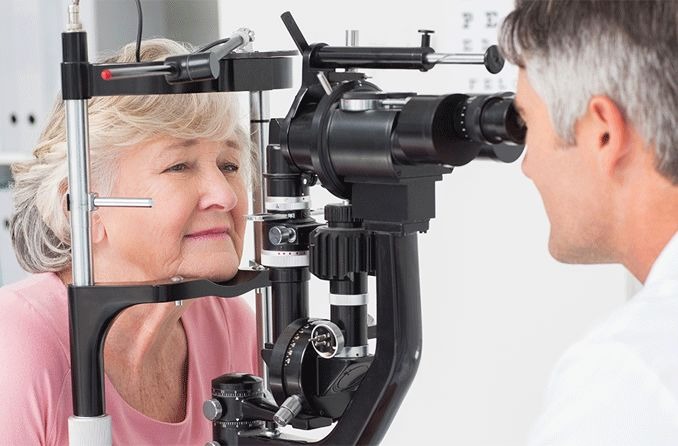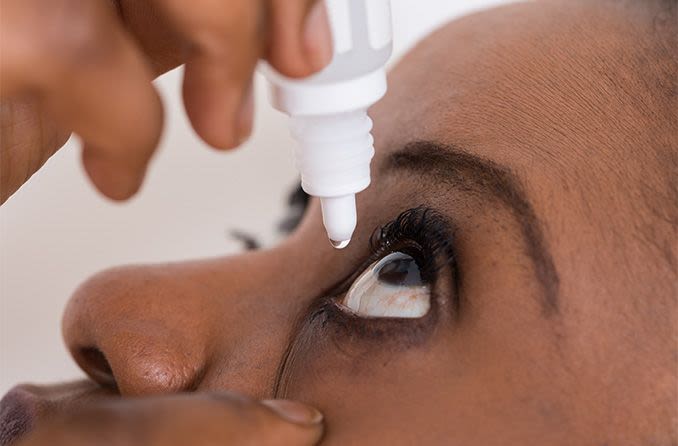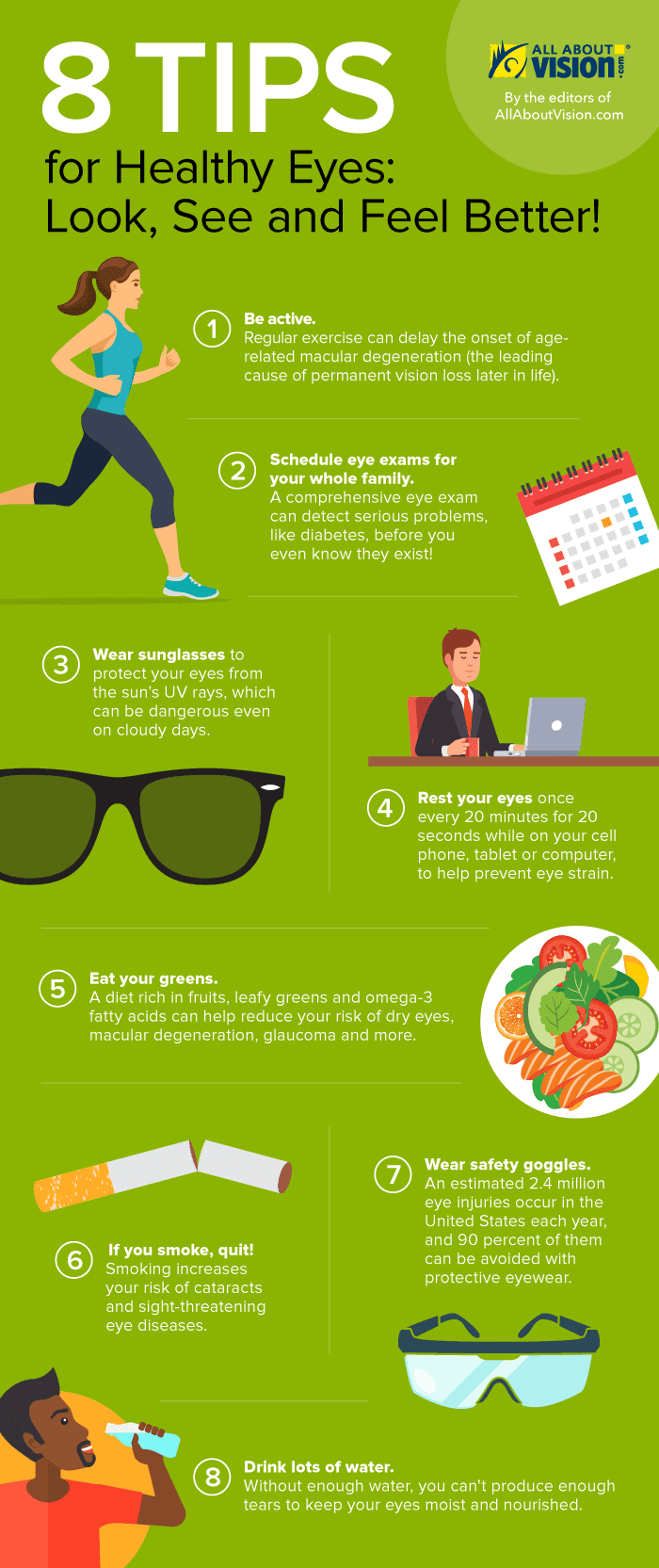
Vision Health
Lifestyle, environment and more can have important impacts on vision health. Stay informed about steps you can take to maintain good eyesight and the overall health of your eyes.

Dr. Gary Heiting offers quick tips for protecting yourself against vision loss as you grow older, including healthy lifestyle choices.

Do you love swimming in the ocean but find that saltwater burns and irritates your eyes? Here’s how to protect your eyes from salt when you swim.

Make your eye health a priority all year long with this helpful to do list for 2019.

Vision issues occur as you age. Here's what you need to know about presbyopia, cataracts, glaucoma and macular degeneration. Plus, treatment and prognosis.

Explore eye health stats on diseases, vision loss, injuries, and global trends, highlighting challenges and solutions in US and worldwide eye care.

Learn the definitions of common eye care and vision terms in our vision care glossary (A-B). Educate yourself on technical eye care terms today.

A glossary of eye and vision terms, with definitions of many eye care, eye health and eye disease words (Q through S).

Your eyes are always exposed to the environment, and environmental factors like climate and humidity play a large part in eye health. Read here to learn how.

Follow these vacation do's and don'ts to make sure your eyes stay as healthy and comfortable as possible during your beachy (or snowy) getaways.

Do you know how to whiten eyes? Learn how to whiten your eyes safely if you’re experiencing red or yellow eyes, and when you need to consult an eye doctor.

Some vision changes are normal with aging, while others may mean you have a serious eye disease. Dr. Gary Heiting explains what to expect and what you can do.

Your eyes and vision can give clues about your health. Learn what to look for.

Look, see, and feel better with these eye-healthy strategies!

Wondering if it’s OK to open your eyes underwater? Here’s how to protect your eyes from irritation and infection while swimming in a pool, lake or ocean.

Sleep deprivation can affect both short- and long-term health. Find out what's affected and how you can get better sleep every night.

Tips on how to cope with reduced vision or vision loss as you age.

Prescription drugs often have side effects that threaten vision and eye health. These are some of the most common vision issues caused by medications.

Eyelid wipes can be used for routine eye hygiene as well as to treat infection and other eye conditions.
All About Vision and AllAboutVision.com are registered trademarks of AAV Media, LLC. © 2000-2025 AAV Media, LLC. The content on this site is for informational purposes only. All About Vision does not provide medical advice, diagnosis or treatment. Contact an eye doctor if you need medical attention.